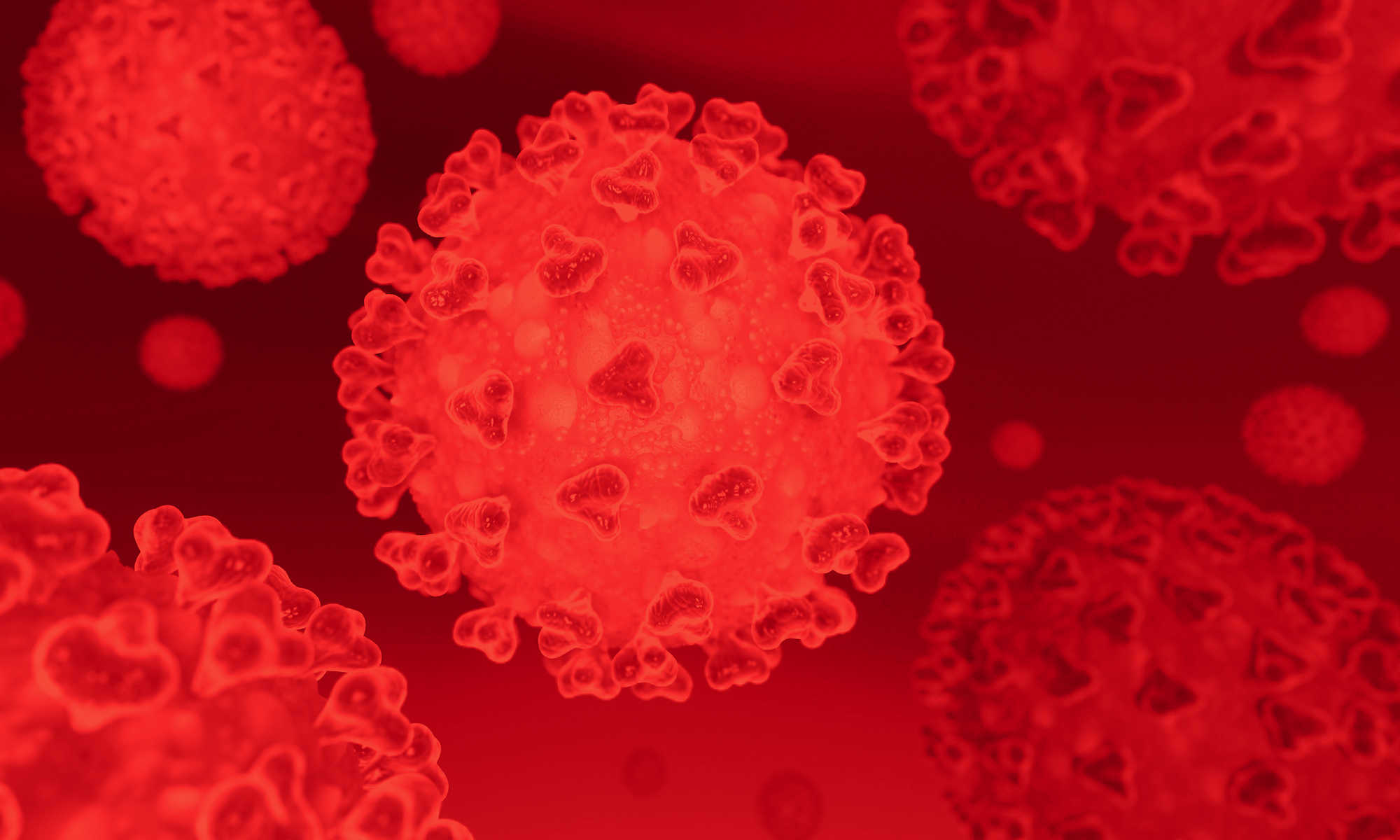Federal Legislation
On March 6, President Donald Trump signed emergency spending bill H.R. 6074, after its introduction to Congress just two days prior. The bill allocates $8.3 billion in funding to support national efforts to combat transmission of the novel coronavirus. At the time of its signing, a total of 164 cases had been confirmed across 19 states. Just under two weeks later, this number had risen to a total of 10,442 .
$6.5 billion of the emergency appropriations will be administered by the U.S. Department of Health and Human Services (HHS). Just over $3 billion of these funds will be allocated to the Food and Drug Administration, the Centers for Diseases Control and Prevention and the National Institutes of Health. These agencies are slated to finance the development, manufacturing and procurement of vaccines as well as support the efforts of state, local and tribal public health agencies in mitigating the outbreak. Of these funds, states will receive $1 billion to conduct such efforts over the next 30 days. In order to address impacts of the outbreak on local economies, $20 million in emergency appropriations will also be allocated to the Disaster Loans Program Account. Funds from this account will be administered to small businesses affected by the outbreak in the form of low-interest loans.As H.R. 6074 came into effect, state officials and Americans alike expressed concerns regarding the affordability of both testing for COVID-19 and any future vaccination. On March 18, President Donald Trump addressed these concerns, signing into law H.R.6201, The Families First Coronavirus Response Act. This act requires private health care plans to provide coverage for COVID-19 diagnostic testing, including the cost of a provider as well as urgent care and emergency room visits in order to receive testing. Further measures put forth by H.R.6201 include:
- Allocation of an additional $500 million in funding for the Special Nutrition Program for Women, Infants, and Children (WIC) and an additional $400 million for The Emergency Food Assistance Program (TEFAP);
- Mandated provision of two weeks paid sick leave for all employees needing time off for COVID-19 related reasons;
- Extended family leave for COVID-19 related reasons; and
- Increased funding for Medicaid through the duration of the crisis.
State Action
Prudent action by the federal government will be crucial in mitigating the impacts of COVID-19. States, however, wield significant responsibility in combatting the present public health crisis. State officials are taking swift action to enact appropriate legislation, institute preventative measures and disseminate factual information to the public.
New York
Two weeks before the introduction of The Families First Coronavirus Response Act, New York Gov. Andrew M. Cuomo issued a directive requiring state insurers to cover the full cost of coronavirus testing. Soon afterward, Cuomo also signed Senate Bill 7919 allocating $40 million of the general funds account for the state’s response to the outbreak. Just over a week after the bill’s passing, the National Guard was deployed to the city of New Rochelle, and a pause was placed on all non-essential commercial activity and social gatherings. As the death toll continued to rise, further emergency measures have been taken. In a 10-Point Plan put forth by the governor, the state has mandated:
- Closure of streets to motor vehicles in New York City;
- Social distancing of at least 6 feet for all individuals while in public; and
- Implementation of rules by all essential businesses that facilitate social distancing.
California
Amid the outbreak, the state of California was one of the first to introduce workforce protection legislation related to family and medical leave. Upon approval, Assembly Bill 3216 would ensure employees’ continued access to company health plans, pension and retirement plans and supplemental unemployment benefit plans throughout any leave taken for COVID-19 related reasons. This past week, California Gov. Gavin Newsom not only secured a financial relief package for Californians but also issued an executive order directing the California Department of Corrections and Rehabilitation to temporarily halt intake of inmates and youth into state prisons and correctional facilities. Further emergency measures taken by California state officials have included:
- Leasing of additional hospital facilities throughout the duration of the crisis;
- Distribution of food at local food banks by the California National Guard; and
- Implementation of vote-by-mail procedures for upcoming special elections.
Hawaii
On March 3, the Hawaii Legislature enacted House Resolution No. 54, establishing the Select House Committee on COVID-19 Economic and Financial Preparedness. The aim of this committee is not only to identify potential economic and financial impacts of the outbreak but also develop mitigation plans. Currently, there are an additional six bills pending approval in the legislature addressing employee sick leave and the appropriation of funds to the state departments of health, transportation and defense. Separate legislation has been introduced prioritizing the containment and control of the disease for high-risk groups. Gov. David Y. Ige has taken steps to expand state health infrastructure and mitigate the spread of the virus through strict social distancing and quarantine protocols. Such protocols include:
- A mandatory 14-day quarantine for all individuals arriving or returning to the state of Hawaii;
- A stay at home order for all non-essential workers through April 30; and
- Evaluation of the Hawaii Convention Center and the Neal S. Blaisdell Center for potential use as alternate-care sites.
Kentucky
Upon confirmation of the state’s first coronavirus-related death, Kentucky Gov. Andy Beshear advised restaurants to close to in-person traffic. Four months into his term, Beshear has hosted near-daily news conferences to update Kentuckians on both state and national responses to COVID-19. On March 4, Sen. Morgan McGarvey introduced Senate Joint Resolution 246 to the General Assembly, directing the Cabinet for Health and Family Services to assess Kentucky’s preparedness to address the virus. Through coordinated efforts, Beshear and his administration have also:
- Instituted price-gouging laws through executive order;
- Deployed state workers to help local food banks experiencing low numbers of volunteers; and
- Created a COVID-19 reporting hotline to combat non-compliance to public health guidelines.
As the number of confirmed cases has continued to grow, Americans have looked upon state officials as the foremost leaders in the nation’s response to the current health crisis. Thus far, officials have continued to prioritize the health and well-being of their constituencies through swift and coordinated action. Through utilizing the resources put forth by both federal and state governments, hopefully the actions of health care workers and individuals alike will be able to slow the transmission of the virus.

